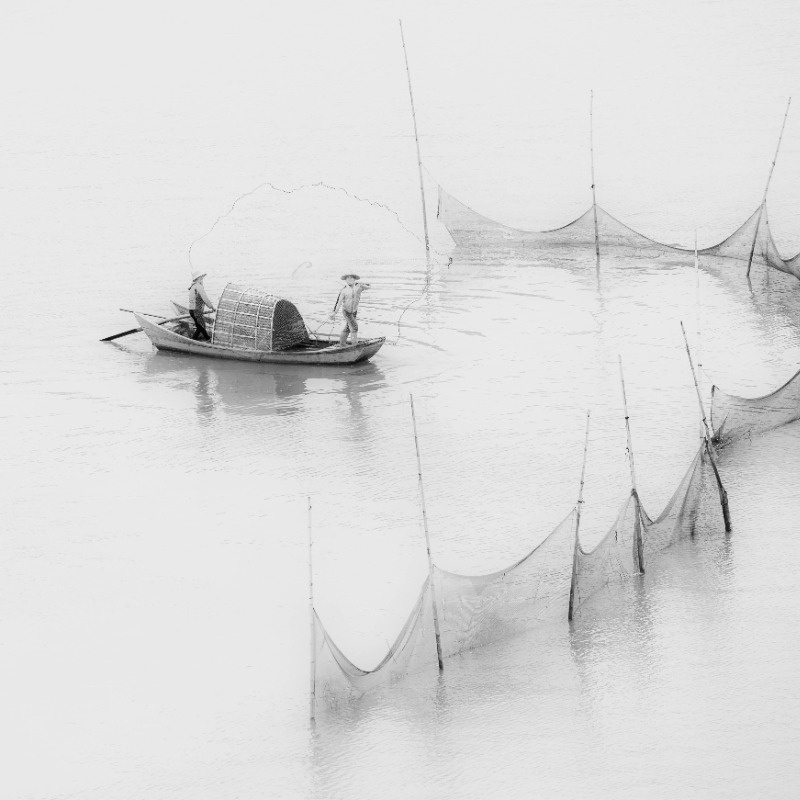

Developed from the worshipping of ancestors and spring customs in ancient times, the Qingming Festival, also known as the Tomb-Sweeping Day, is an important traditional festival in China and also the fifth of the 24 solar terms in the Chinese lunar calendar.
一年一度的清明假又将到来。清明,寓意“天清地明”,既是“二十四节气”之一,也是中国传统节日之一,源自上古时代的祖先信仰与春祭礼俗。

Wonder how the ancient people spend the Qingming Festival holidays? Let's continue to find out.
那么,在古代,人们是怎么过清明节的呢?

蹴鞠 Playing Cuju
Another popular sport of ancient Chinese during the Qingming Festival was Cuju, an ancient Chinese competitive game involving kicking a ball through an opening into a net. It's said that the sport was invented in as early as the Shang Dynasty, and later was used to train soldiers in the Han Dynasty.
蹴鞠,就是现在足球的前身,球皮是用皮革做成,球内用毛塞紧。相传蹴鞠在商代就有,战国时期流入民间,至汉代更成了军中用以练身习武的运动。三国曹植《名都篇》中就有“连翩击鞠壤”之句。
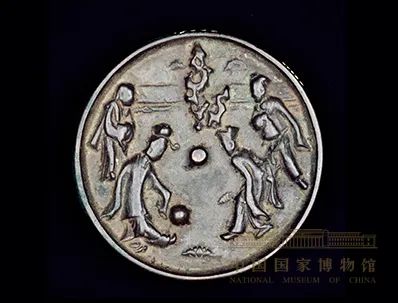
Bronze mirror with figures playing Cuju, Song Dynasty, housed in the National Museum of China 宋·蹴鞠纹青铜镜,中国国家博物馆藏
The sport reached its height of popularity in the Tang and Song dynasties, with emperors and the noble also playing Cuju.
蹴鞠在唐宋时期最为繁荣,经常出现“球终日不坠”“球不离足,足不离球,华庭观赏,万人瞻仰”的情景,唐代杜甫的《清明》诗中写到,“十年蹴鞠将雏远,万里秋千习俗同”,说明这一活动的普及。
A famous ancient Chinese painting depicts Emperor Taizu of Song, the founder of the Song Dynasty, playing Cuju in the royal courtyard.
在宋代,蹴鞠是宋朝开国皇帝和贵族都喜爱的活动,开展最为广泛的则是“寒食蹴鞠”民俗活动。元代钱选所绘《宋太祖蹴鞠图》便是描绘宋太祖赵匡胤与赵炅、赵普等人蹴鞠玩乐的情景。
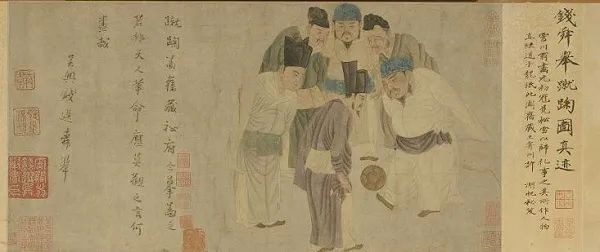
A painting depicts Emperor Taizu of Song, the founder of the Song Dynasty, playing Cuju in the royal courtyard, painted by Qian Xuan, Yuan Dynasty 元·钱选《宋太祖蹴鞠图》

荡秋千Playing Qiuqian(swings)
With a long history in China, Qiuqian, or swing in English, was first played by Shanrong (山戎), or Rong (戎) , an old Chinese nomadic people of the Central Plain of China, and then spread across the nation, becoming a festive game.
秋千,相传为春秋时齐桓公从北方民族山戎所传入,汉以后成为清明及其他如端午节、寒食节等节日的民间游戏。
Ancient swing had tree branches as the frame and was attached with colorful ribbons. Later it was simplified with two ropes and a pedal.
古时秋千多用树桠枝为架,再栓上彩带做成,后逐步发展为用两根绳索加上踏板。
Swinging can not only improve health, but also nurture braveness. It is a fun activity even nowadays, especially for children.
古人荡秋千主要为增进健康,培养勇敢精神。
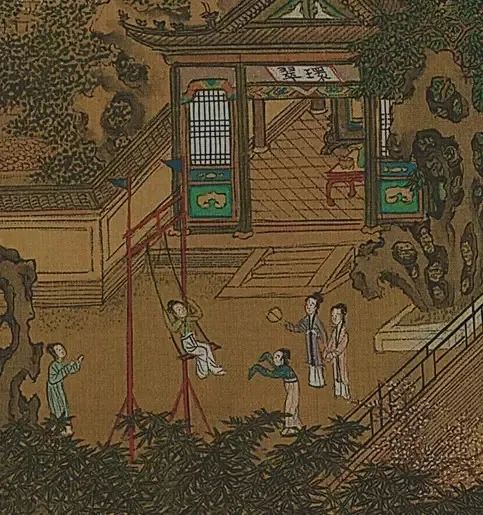
People playing swings was spotted in the Riverside Scene at Qingming Festival, which is said to be painted by Qiu Ying, Ming Dynasty, housed in Liaoning Provincial Museum 明·仇英《清明上河图》局部,辽宁省博物馆藏
Swing became popular from the Northern and Southern Dynasties. In the Yuan, Ming and Qing dynasties, Qingming Festival was even declared to be Swing Festival, as swings would be set up in the imperial palace to entertain the empress, concubines and maids in this time of the year.
秋千之戏在南北朝时已经流行。《荆楚岁时记》记载:“春时悬长绳于高木,士女衣彩服坐于其上而推引之,名曰打秋千。”唐宋之后,荡秋千习俗普及全国,盛况空前,并且成为清明节习俗的重要内容。
由于清明荡秋千随处可见,元明清三代还定清明节为“秋千节”,皇宫里也安设秋千供皇后、嫔妃、宫女们玩耍。
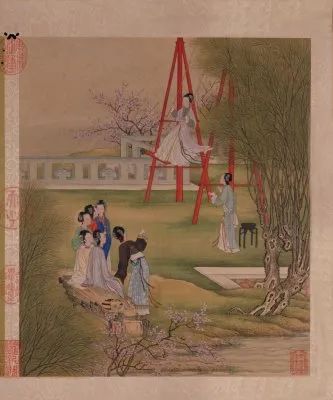
The second painting of the Album of Ladies’ Seasonal Activities of Twelve Months by Chen Mei, a court painter in the Qing Dynasty, housed in the Palace Museum. Ladies playing swings were pictured. 清代陈枚《月曼清游图》册之二月“杨柳荡千”,藏于故宫博物院
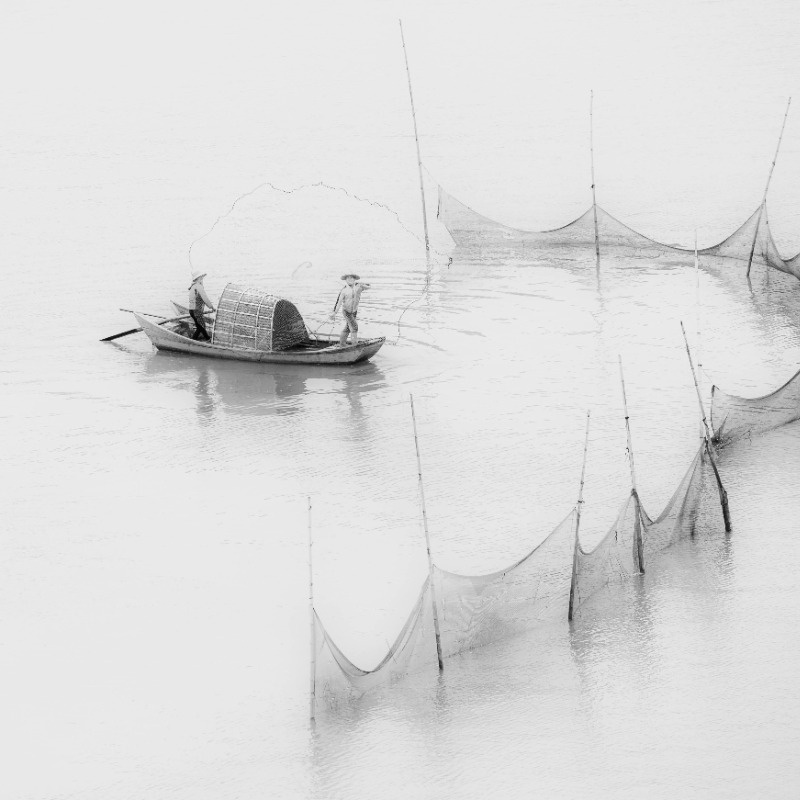

Author: Yuan
Supervisor: Lv Yun
Editor: Lv Yun
Source: GZ-Maritimesilkroad (丝路云帆Silu Yunfan), official Wechat account of City Alliance for the Preservation and world Heritage Inscription of Maritime Silk Road Heritage